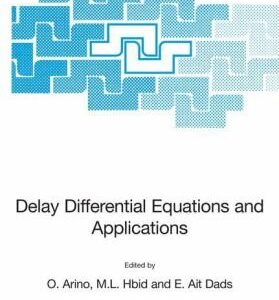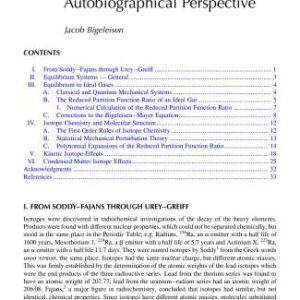Isoquinolines form one of the largest groups of plant alkaloids and they in? clude a number of valuable clinical agents such as codeine, morphine, eme? tine and tubocurarine. Research into different aspects of isoquinolines con? tinues in profusion, attracting the talents of botanists, chemists, bioche? mists, analysts, pharmacists and pharmacologists. Many of these aspects are of an interdisciplinary nature, and in April 1984, The Phytochemical Society of Europe arranged a 3-day symposium on The Chemistry and Bi? ology of Isoquinoline Alkaloids in order to provide a forum for scientists of differing disciplines who are united by a common interest in this one class of natural product. Each chapter in this volume is based on a lecture given at this symposium. Attempts have been made to make the aims and objectives, experimental findings and conclusions reached, intelligible to scientists of differing backgrounds. The introductory chapter, which is mainly based on a historical discus? sion, stresses that plants containing isoquinolines have proved to be both a boon and a curse to mankind. The Opium Poppy, Papaver somniferum, produces the medicinally used alkaloids morphine, codeine, noscapine and papaverine whilst it also continues to provide drugs of abuse, particularly morphine and its readily prepared O,O-diacetyl derivative, heroin. Numer? ous other alkaloids have been isolated from other members of the Papaver? acea, and a knowledge of their presence and distribution within the various species has proved a useful adjunct to systematic botanical studies.
Chemistry
[PDF] The Chemistry and Biology of Isoquinoline Alkaloids N. G. Bisset (auth.), Professor Dr. J. David Phillipson, Dr. Margaret F. Roberts, Professor Dr. M. H. Zenk (eds.)
$19.99

![[PDF] The Chemistry and Biology of Isoquinoline Alkaloids N. G. Bisset (auth.), Professor Dr. J. David Phillipson, Dr. Margaret F. Roberts, Professor Dr. M. H. Zenk (eds.)](https://pdfelite.com/wp-content/uploads/2024/04/bf5331f5cd25d7aad0aeb0cce4d851ac-d.jpg)




Reviews
There are no reviews yet.